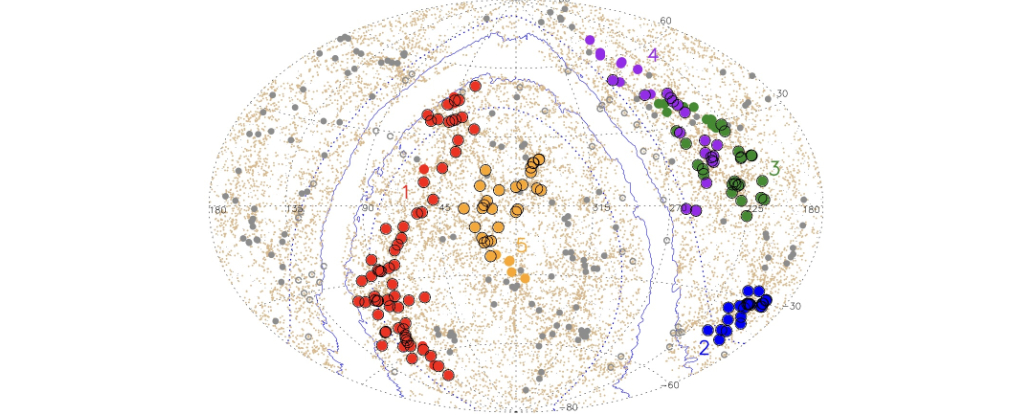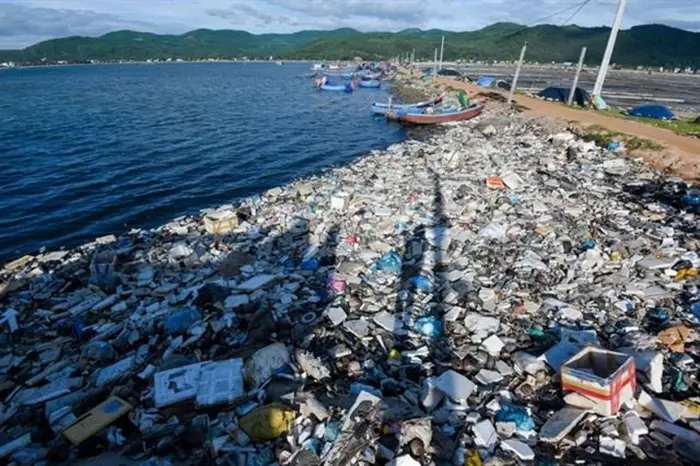SoCal wildfires caused as much as $164B in damage: UCLA research
The two biggest blazes that recently ravaged the Los Angeles metropolitan region may have caused property damage and capital losses of up to $164 billion, new research has determined. Insured losses, meanwhile, likely made up around $75 billion of that total, according to the report, issued by economists at the University of California, Los Angeles (UCLA) Anderson...

The two biggest blazes that recently ravaged the Los Angeles metropolitan region may have caused property damage and capital losses of up to $164 billion, new research has determined.
Insured losses, meanwhile, likely made up around $75 billion of that total, according to the report, issued by economists at the University of California, Los Angeles (UCLA) Anderson School of Management.
The economists also predicted a 0.48 percent loss in county-level gross domestic product for 2025, or about $4.6 billion, and a total wage loss of $297 million for local businesses in the affected areas.
Although both blazes are now 100 percent contained, the Palisades Fire scorched 23,707 acres in the Pacific Palisades area, while the Eaton Fire burned 14,021 acres in Altadena, north of Pasadena, according to Cal Fire.
On Tuesday, Gov. Gavin Newsom (D) signed an executive order to minimize the red tape that could have impeded the dispersal of widespread relief services for wildfire survivors. The order suspended certain rules, extended relevant deadlines, provided regulatory relief for rebuilding and broadened access to essential services.
“As Los Angeles rises, we will continue to remove the barriers that would stand in the way," the governor pledged in a Tuesday statement.
Later in the day, Newsom also announced that more households in the impacted zip codes would now be eligible to receive Disaster CalFresh food benefits.
Although the fires may now be contained, the UCLA economists warned that the consequences will be hard-hitting and have a wide range of knock-on effects.
The wildfires directly destroyed 16,420 residential and commercial properties, as well as many automobiles and personal belongings, according to the report.
Of the buildings ravaged, 6,822 structures were in Pacific Palisades and Malibu, while 9,418 were in Altadena, the research showed. With these figures in mind, the authors used data from California's previous most catastrophic blazes to generate preliminary loss estimates.
Without a substantial boost to wildfire mitigation efforts and investments, Californians could face increasingly expensive insurance premiums, the economists noted.
"All wildfire mitigation investments will be justified, considering the astronomical costs associated with wildfires," the authors added.
They also forecast that Los Angeles housing markets will become increasingly unaffordable — with these conditions specifically affecting rental units.
Although LA County has issued permits for approximately 20,000 to 25,000 new housing units over the past decade, wildfires in the region have eliminated two-thirds to three-quarters of the annual housing supply, per the report.
"The wildfires have further exacerbated the already critical issue of insufficient housing supply in LA," the authors warned.
In addition to the direct economic losses and future housing problems, the researchers also focused on medical issues linked to the inhalation of wildfire-related contaminants.
In addition, they noted that exposure to fire-borne particulate matter caused up to 55,710 premature deaths in California between 2008 and 2018 — resulting in costs of up to $456 billion.
"The economic impact of LA wildfires extends far beyond property destruction," the economists wrote. "Wildfires produce large smoke plumes that can travel long distances, posing significant threats to public health."













































































